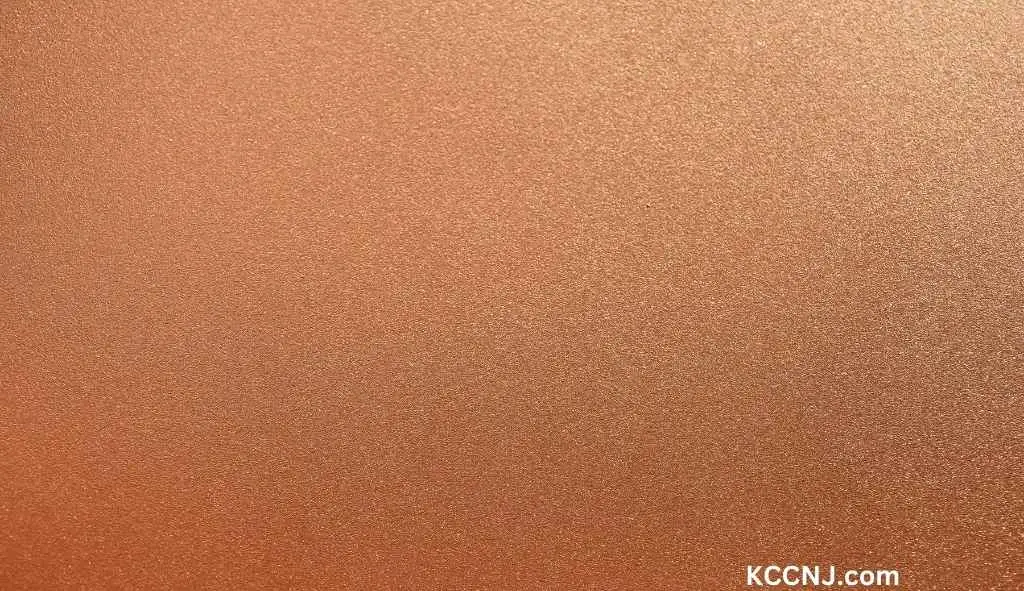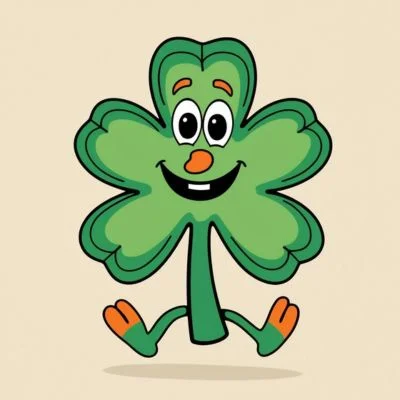12 Christmas Colors and Their Meanings
Christmas colors bring festive cheer to holiday decorations. The 12 most popular Christmas colors are red, green, gold, white, blue, purple, silver, brown, yellow, black, bronze, and pink. Each color has unique symbolism and can create different holiday atmospheres.
12 Christmas Colors
Christmas colors play a crucial role in setting the mood and atmosphere for the holiday season. Each color has its own symbolism and evokes different emotions, helping to create a festive and joyful environment. Let’s explore the significance of the 12 most popular Christmas colors and how they contribute to holiday decor.
1) Red: The Color of Joy and Tradition

Red is synonymous with Christmas, symbolizing joy, love, and the traditional attire of Santa Claus. This vibrant color brings warmth and excitement to holiday decorations. Red is often used for ornaments, ribbons, and stockings, creating a classic Christmas look that instantly evokes feelings of nostalgia and cheer.
2) Green: Nature and Renewal

Green represents the evergreen trees that are central to Christmas decor. It symbolizes renewal and the promise of new life, making it a staple in holiday decorations. Green is commonly used for wreaths, garlands, and as the primary color of Christmas trees, bringing a touch of nature indoors during the winter months.
3) Gold: Wealth and Prosperity

Gold is a color of wealth and prosperity, often used in Christmas decorations to add a touch of elegance and luxury. It reflects the gifts of the Magi and the star that guided them. Gold ornaments, tinsel, and candle holders can create a warm, glowing atmosphere in holiday decor.
4) White: Purity and Peace

White symbolizes purity and peace, reminiscent of snow-covered landscapes. It is often used to create a serene and tranquil holiday atmosphere. White lights, ornaments, and table linens can help create a winter wonderland effect in your home.
5) Blue: Calm and Serenity

Blue is associated with calmness and serenity, often linked to the Virgin Mary. It adds a cool, peaceful element to Christmas decor. Blue can be used in various shades, from light icy blues to deep navy, providing a refreshing alternative to traditional red and green color schemes.
6) Purple: Royalty and Spirituality

Purple signifies royalty and spirituality, reflecting the regal nature of the holiday season. It is a color that adds depth and richness to Christmas decorations. Purple ornaments, ribbons, and candles can create a luxurious and sophisticated holiday ambiance.
7) Silver: Modern Elegance

Silver is a modern color that adds elegance and sophistication to Christmas decor. It pairs well with other colors to create a sparkling, festive look. Silver ornaments, tinsel, and tableware can bring a touch of glamour and reflect light beautifully.
8) Brown: Earthy and Rustic

Brown brings an earthy, rustic feel to Christmas decorations, often used in natural elements like pine cones and wooden ornaments. It can create a cozy, cabin-like atmosphere and pairs well with traditional red and green decor.
9) Yellow: Bright and Cheerful

Yellow is a bright, cheerful color that adds a pop of sunshine to Christmas decor. It is often used in lights and ornaments to create a warm glow. Yellow can be particularly effective when combined with white or gold for a cheery, luminous effect.
10) Black: Bold and Dramatic

Black is a bold, dramatic color that can be used to create contrast in Christmas decorations. It is often paired with gold or silver for a striking effect. Black can add sophistication and depth to holiday decor, especially when used sparingly as an accent color.
11) Bronze: Warm and Inviting

Bronze is a warm, inviting color that adds a touch of rustic charm to Christmas decor. It is often used in combination with gold and silver. Bronze ornaments, candle holders, and decorative elements can create a rich, antique-inspired holiday look.
12) Pink: Playful and Fun

Pink is a playful, fun color that adds a whimsical touch to Christmas decorations. It is often used in modern, trendy holiday themes. Pink can be incorporated through ornaments, ribbons, and floral elements for a fresh and unexpected holiday color palette.
How to Incorporate These Colors into Your Decor
Now that we’ve explored the significance of each color, let’s discuss how to effectively incorporate them into your Christmas decor. The key is to create a cohesive look that reflects your personal style while capturing the spirit of the season.
Traditional Themes
For those who prefer a classic Christmas look, focus on combining red, green, and gold. Use red as your primary color for ornaments, stockings, and ribbons. Incorporate green through your Christmas tree, wreaths, and garlands. Add touches of gold in ornaments, candle holders, and table decorations to create a warm, traditional atmosphere.
Modern and Minimalist Approaches
If you’re drawn to a more contemporary style, consider using silver, blue, and white for a sleek, minimalist Christmas decor. Use silver as your main metallic accent, incorporating it in ornaments, tinsel, and tableware. Pair it with various shades of blue, from icy light blues to deep navy, for a cool, wintry feel. Add white through lights, candles, and textiles to create a crisp, clean look.
Rustic and Natural Styles
For a cozy, cabin-inspired Christmas, focus on earthy tones like brown, bronze, and deep green. Use natural materials such as wood, pinecones, and burlap to create a rustic atmosphere. Incorporate bronze accents through ornaments and decorative objects. Add pops of deep green with evergreen branches and wreaths to bring the outdoors in.
Playful and Whimsical Designs
To create a fun, whimsical Christmas decor, experiment with non-traditional colors like pink, yellow, and purple. Use pink as your base color, incorporating it through ornaments, ribbons, and floral elements. Add pops of bright yellow in lights and small decorative objects. Use purple as an accent color to add depth and richness to your playful color scheme.

Color Combinations for Different Atmospheres
The way you combine Christmas colors can significantly impact the overall atmosphere of your holiday decor. Here are some popular color combinations and the moods they create:
Warm and Cozy
Combine deep red, forest green, and gold for a traditional, cozy Christmas feel. This classic color scheme evokes feelings of warmth and nostalgia, perfect for creating a inviting holiday atmosphere.
Cool and Serene
Pair icy blue, silver, and white for a cool, wintry look. This combination creates a calm, peaceful atmosphere reminiscent of a snowy landscape.
Elegant and Sophisticated
Mix deep purple, gold, and cream for a luxurious, regal holiday decor. This color scheme exudes elegance and sophistication, ideal for formal Christmas gatherings.
Bright and Cheerful
Combine lime green, hot pink, and bright yellow for a fun, modern Christmas look. This vibrant color scheme creates an energetic, playful atmosphere perfect for families with young children.
Rustic and Natural
Use brown, bronze, and forest green for an earthy, natural Christmas decor. This combination brings the outdoors in, creating a cozy, cabin-like atmosphere.
Tips for Balancing Christmas Colors
While it’s exciting to work with a variety of colors, it’s important to maintain balance in your Christmas decor. Here are some tips to help you create a harmonious color scheme:
- Choose a dominant color: Select one main color to serve as the foundation of your color scheme. This color should appear most frequently in your decor.
- Add accent colors: Use one or two accent colors to complement your dominant color. These should be used in smaller quantities to add visual interest without overwhelming the main color.
- Use the 60-30-10 rule: Aim to use your dominant color in about 60% of your decor, your secondary color in 30%, and your accent color in 10%.
- Consider your existing decor: Choose Christmas colors that complement your home’s existing color palette for a cohesive look.
- Use neutrals: Incorporate neutral colors like white, cream, or gray to balance out bolder Christmas colors and prevent the decor from feeling too busy.
Christmas Colors in Different Rooms
Different rooms in your home may benefit from different color schemes. Here’s how you can adapt your Christmas colors for various spaces:
Living Room
As the main gathering space, the living room often features the Christmas tree and is where most decorations are displayed. This is where you can go all out with your chosen color scheme. If you’re using a traditional red and green palette, for example, your tree can showcase these colors prominently, while mantels and side tables can feature complementary gold accents.
Dining Room
The dining room is perfect for creating an elegant holiday atmosphere. Consider using more sophisticated color combinations here, such as gold and cream, or deep red and bronze. Table linens, centerpieces, and candles are great ways to incorporate your chosen colors.
Kitchen
Keep kitchen decorations simple and functional. Use your Christmas colors in small doses through tea towels, oven mitts, or a festive wreath on the wall. If you have open shelving, display some holiday-colored dishes or mugs.
Bedrooms
Bedrooms can feature softer, more subdued versions of your Christmas color scheme. If your main colors are red and green, consider using pale pink and sage green in bedrooms for a calmer, cozier feel.
Entryway
Make a great first impression by introducing your Christmas color scheme in the entryway. A wreath on the door, a colorful runner, or a small decorated tree can set the tone for the rest of your home’s decor.
FAQs About Christmas Colors
What are the most popular Christmas colors?
The most popular Christmas colors are red, green, gold, and silver. These colors have long been associated with the holiday season and are widely used in decorations, gift wrapping, and festive attire.
Can I use non-traditional colors for Christmas decor?
Absolutely! While traditional colors are always popular, many people enjoy using non-traditional color schemes for their Christmas decor. Colors like pink, purple, blue, or even black can create unique and stylish holiday looks.
How can I choose a color theme for my Christmas decor?
Consider your personal style and the existing decor in your home when choosing a color theme for Christmas. Balance warm and cool tones for a cohesive look. You might also draw inspiration from a favorite ornament or piece of holiday decor.
Can I mix traditional and modern colors?
Yes, mixing traditional and modern colors can create a unique and personalized Christmas decor that reflects your style. For example, you could combine classic red with modern metallic silver for an updated traditional look.
How can I incorporate Christmas colors without overdoing it?
Start with a neutral base and add pops of Christmas colors through easily changeable items like throw pillows, candles, and small decorative objects. This allows you to embrace the festive spirit without overwhelming your space.
KCCNJ words
The 12 Christmas colors – red, green, gold, white, blue, purple, silver, brown, yellow, black, bronze, and pink – offer a wide range of possibilities for creating festive and personalized holiday decor. Whether you prefer a traditional look or something more modern and unique, these colors can be combined in countless ways to suit your style and create the perfect Christmas atmosphere in your home.
Remember, there’s no strict rule about which colors you should use. The most important thing is to create a holiday environment that brings joy and warmth to you and your loved ones. Experiment with different color combinations, have fun with your decorations, and let your personal style shine through in your Christmas decor.







